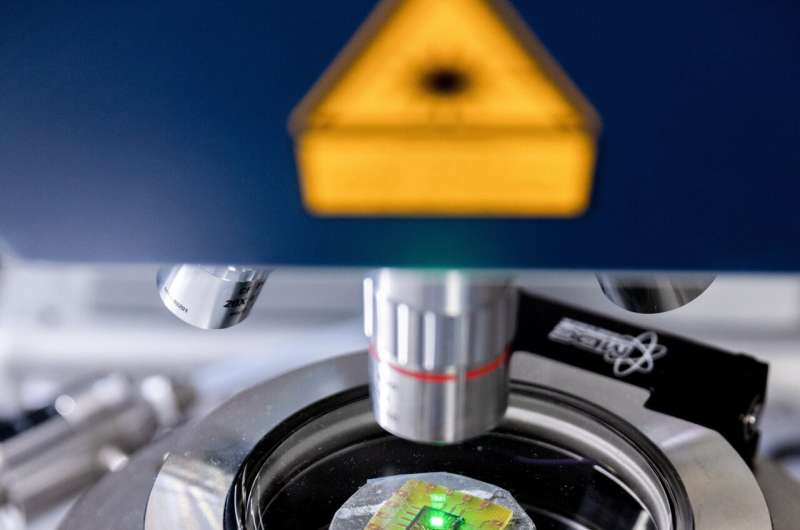Researchers develop machine learning based sensors that could be used in settings that require sensitive testing of gases.

With machine learning enabled intelligent sensor design, a desired target performance can be achieved. The machine learning ability of a device can enable accuracy in detection and identification of a target no matter the form of it. Detection of a gas amongst the cloud of chemical can be a tricky thing and sometimes dangerous.
Researchers have developed a chemical sensor endowed with artificial intelligence that can learn and detect certain gases in air with high sensitivity and selectivity. Researchers at King Abdullah University of Science and Technology (KAUST) have implemented a machine learning algorithm to differentiate the gases according to the way they induce slight temperature changes in the sensor as they interact with it.
The challenge is to accurately detect the target gas among the complex mixture of chemicals typically found in the air, says Usman Yaqoob, a postdoc in the labs of Mohammad Younis, who led the research. “Existing sensing technologies still suffer from cross-sensitivity,” Yaqoob says.
The heart of the device is a heated strip of silicon called a microbeam resonator. When the microbeam is clamped at both ends, so that it is bent almost to buckling point, the frequency at which the microbeam resonates is very responsive to changes in temperature.
“When operated near a buckling point, the heated microbeam shows significant sensitivity to different gases when they have a heat conductivity lower or higher than air,” Yaqoob says. Some gases like hydrogen and helium with higher thermal conductivity cools the microbeam strip, making it more stiff. Whereas low thermal conductivity gases like argon have an opposite effect. “The shift in resonance frequency is detected using a microsystem analyzer vibrometer,” Yaqoob says.
AI analyzes the data and identifies characteristic changes in resonance frequency corresponding to the different gases. “Data processing and machine learning algorithms are used to generate unique signature markers for each tested gas to develop an accurate and selective gas classification model,” Yaqoob says.
This device does not require any special chemical coating which provides an enhanced chemical stability and scalability to it.








